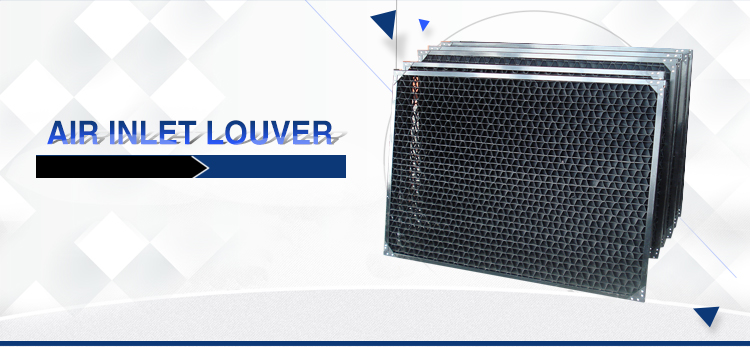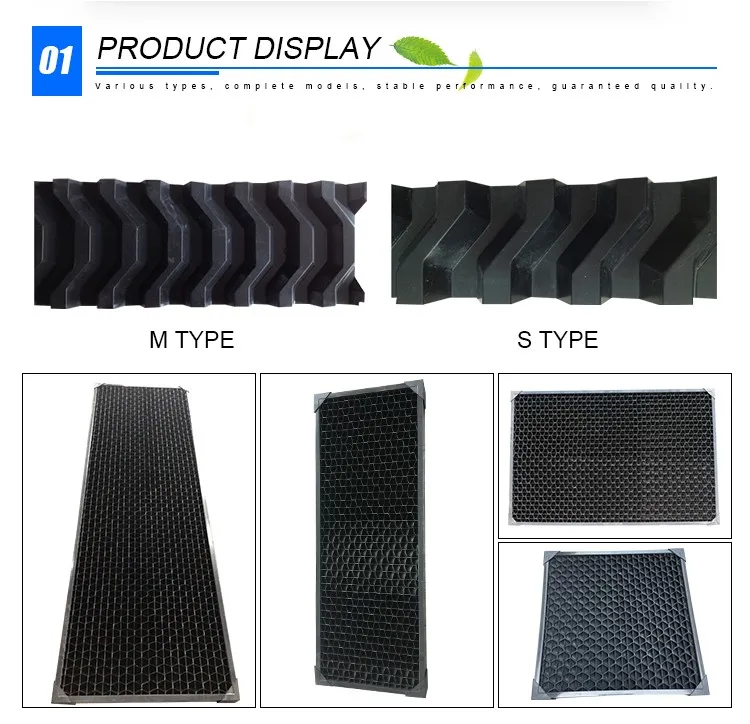According to a recent report from the Moscow Institute of Physics and Technology (MIPT), a team of scientists from Russia, the United Kingdom, Japan, and Italy developed a graphene-based terahertz detector. The new device can be used both as a sensitive detector and as a spectrometer with a working frequency in the terahertz range for medical research and space exploration. Terahertz wave is an electromagnetic wave between microwave and infrared. It has the advantages of strong penetrability, high safety and good orientation. It is expected to be used in medical and space exploration. However, the existing terahertz detector has a problem of inefficiency, mainly due to the size mismatch between the terahertz wave and the detecting element (transistor). The transistor is only a millionth of a meter, and the wavelength of the terahertz radiation is 100 times, causing the terahertz wave to slip away from the detector. In 1996, scientists proposed a solution to compress the incident wave energy into a volume comparable to the size of the detector. To this end, the detector material needs to support a special "compact wave" - ​​the so-called plasmon. In theory, the efficiency of such detectors is further enhanced by the resonance of the waves. But implementing such a detector is more difficult than expected. The reason is that in most semiconductor materials, plasmons will decay rapidly due to collisions of electrons with impurities. Graphene is believed to solve the problem, but it is not clean enough. In the latest research, scientists solved this problem. They fabricated a photodetector consisting of bilayer graphene encapsulated between boron nitride crystals and coupled to a terahertz antenna. In this "sandwich" structure, impurities are driven out of the graphene sheets, allowing the plasmons to propagate more freely. The graphene sheets bound by metal lead form a plasmon resonator, and the two-layer structure of graphene allows the wave speed to be tuned over a wide range. The new device is actually a terahertz spectrometer with a size of only a few microns, which can be controlled by voltage tuning. In addition, it can be used in basic research: measuring the current in the detector at different frequencies and electron densities, showing the characteristics of the plasmons. One of the co-authors, Domitri Svantesfer, head of the Photovoltaic 2D Materials Laboratory at the Moscow Institute of Physics and Technology, said: "All of these devices were previously available, but we packaged the same functionality into more than ten cubic microns. In the volume." Cooling Tower Air Inlet Louver
Air inlet louvers can be used for various ventilation and combustion settings, both for the home and for industrial uses. They tend to have a simple design that lets optimum airflow in for their intended purpose. Louvers are made in all sizes for these applications, and they can be anywhere from several inches across to several feet in length. Common places to find air inlet louvers include in walls, floors, and ceilings, as well as in car hoods and ventilation systems. They are typically used in conjunction with blowers, vents, and outtake louvers for proper airflow in a given setting.
Air Inlet Louver Specifications:
Cooling Tower Air Inlet Louver,Tower Air Conditioner Louver,Cooling Tower Louvers,Air Inlet Louvers Cooling Tower Hebei Long Zhuo Trade Co., Ltd. , https://www.hblongzhuo.com
PP PVC Cooling Tower Air Inlet Louver


New terahertz device realizes detector and spectrometer
Width
65mm,130mm
Length
As your request
Thickness
0.28mm-0.38mm
Sheet space
20mm.25mm
Material
PVC, PP
Working temperature
65℃-35℃